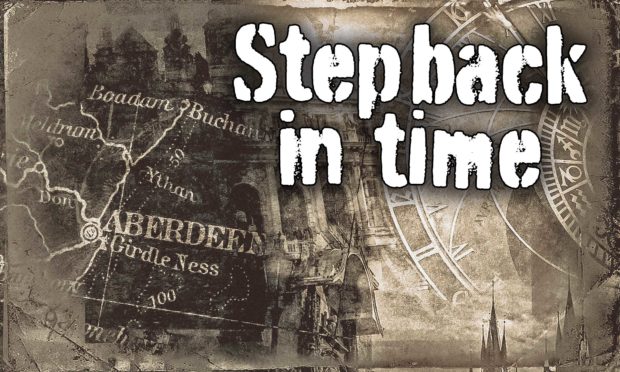Haddo House is possibly one of the most striking and remarkable stately buildings in the north-east – if not Scotland.
A sweeping Georgian exterior, designed in 1732, it sits on or near the site of the former Kellie Castle, which had been home to the Gordons, later the Earls of Aberdeen, for centuries until it was burnt down by the Covenanters.
Refurbished in the 1880s, it has a lush interior and has seen some famous residents – including George Hamilton-Gordon, 4th Earl of Aberdeen, the British prime minister from 1852–1855.
Join us we look at some moments in time from this true gem of the north-east.
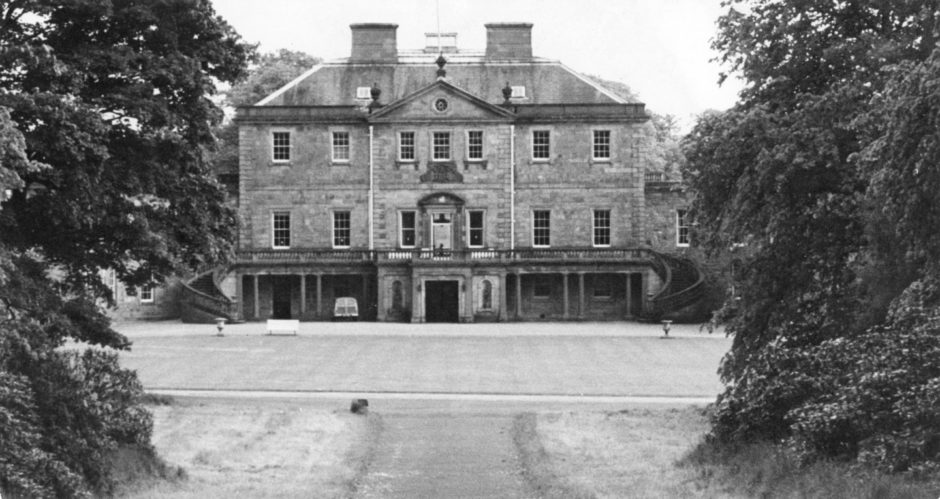
The exterior of Haddo House, pictured in 1961 when it was still a family home to the Gordons. The 4th Marquess, David Gordon, died in 1974 and left the house and its garden to the National Trust for Scotland. It has been open to the public since 1979.
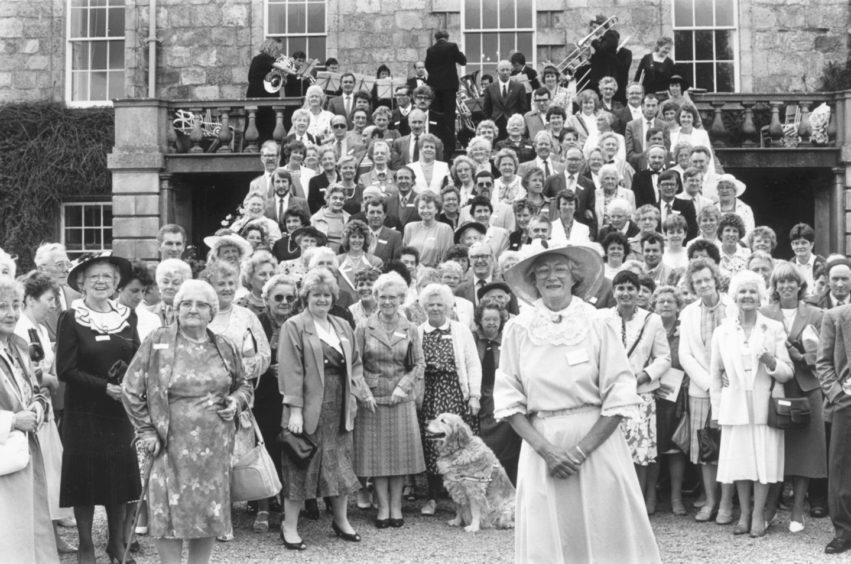
During the Second World War, Haddo House was pressed into service as an emergency maternity hospital for mothers evacuated from Glasgow. Some 1,200 “Haddo Babies” were born there. In 1987, more than 200 of the babies, now grown, returned to Haddo on a special pilgrimage and were welcomed by the Marchioness of Aberdeen. Some had travelled from as far away as Zimbabwe, Canada, Australia and America.
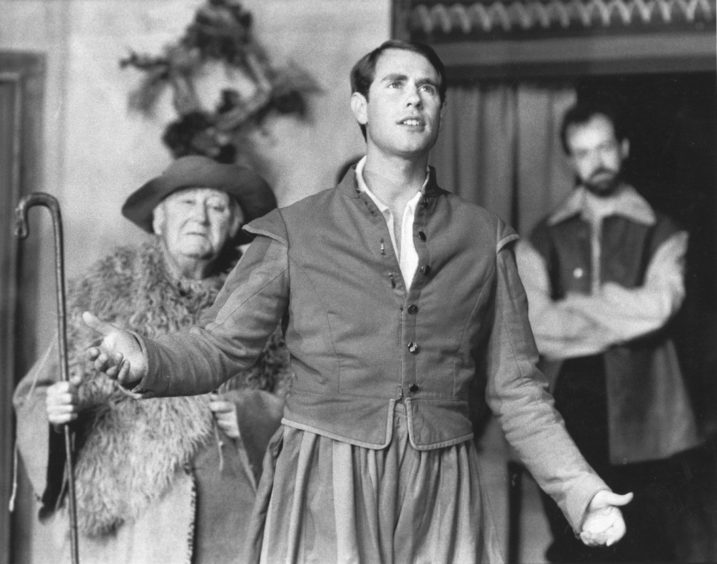
Haddo House is renowned for its art collection as well as its annual opera and theatre productions by Haddo House Choral & Operatic Society, staged in the theatre in the grounds, Haddo House Hall. One famous face to have graced the stage was Prince Edward, appearing in three plays in total. He is pictured here in 1987 as Prince Florizel in the production of Shakespeare’s The Winter’s Tale. Today, Prince Edward is the Royal Patron of the choral and operatic society.
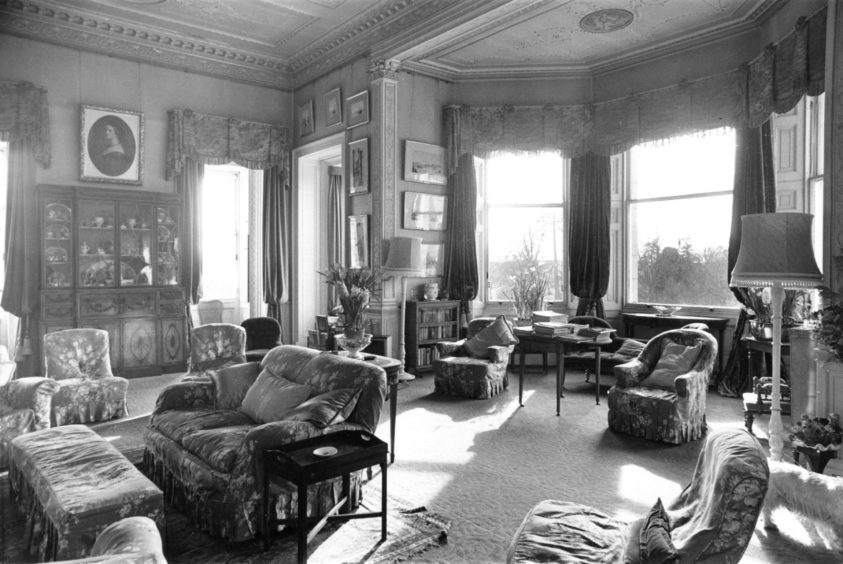
Pictured in 1975, this is the Morning Room in Haddo House. Designed in 1732 by William Adam, the house underwent an opulent remodelling in the 1880s and has the clean elegance and swooping lines of the Georgian style coupled to a luxurious Victorian interior. Family portraits trace generations of Gordons, who played a huge part in Scottish history.
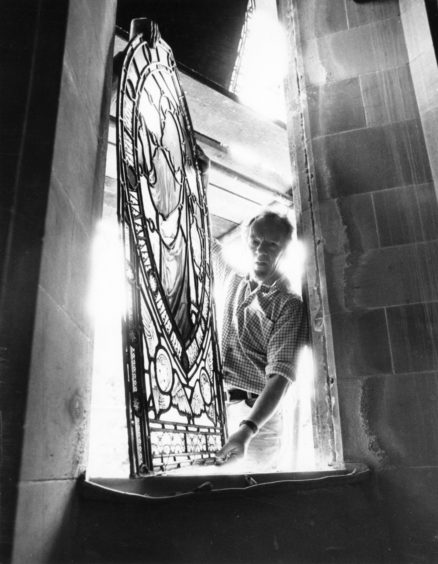
In 1987, a precious stained and painted window in the house’s chapel was lovingly restored by craftsman Martin Farrelly, of Aboyne. He is pictured putting the 19th century work of art back in place.
